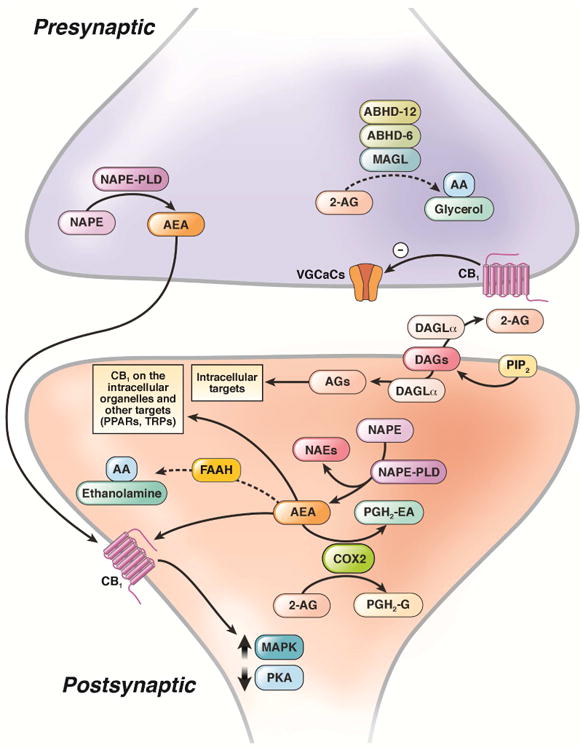Figure 1. Distribution of enzymes involved in the biosynthesis and degradation of endocannabinoids in the nervous system.

The role of 2-AG as a dominant retrograde synaptic transmitter and putative roles of anandamide (AEA) as an anterograde and intracellular transmitter. Anandamide is synthesized from NAPE by a specific phospholipase D (NAPE-PLD) and is degraded by FAAH. 2-AG is synthesized by DAGL-α and degraded by MAGL and ABHD-6 and ABHD-12. Anandamide and 2-AG can also be metabolized by COX2, which is shown in post-synaptic neurons but can also occur presynaptically. AA, arachidonic acid; AGs, 2-acylglycerols; DAGs, diacylglycerols; ER, endoplasmic reticulum; MAPK, mitogen-activated protein kinases; PIP2, phosphoinositide bisphosphate; PKA, protein kinase A; PPARs, peroxisome proliferator-activated receptors; TRPs, transient receptor potential channels; VGCCs, voltage-gated calcium channels. Dashed lines denote inactivation. Adapted from Di Marzo et al.118
